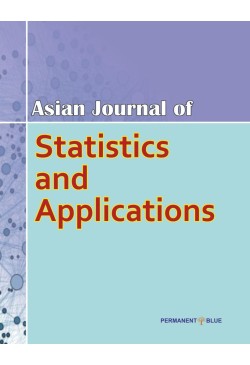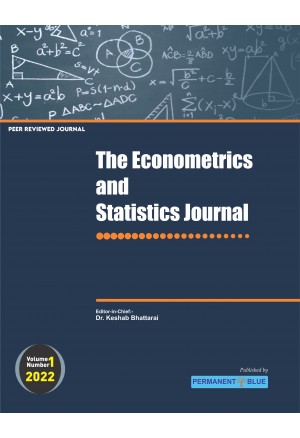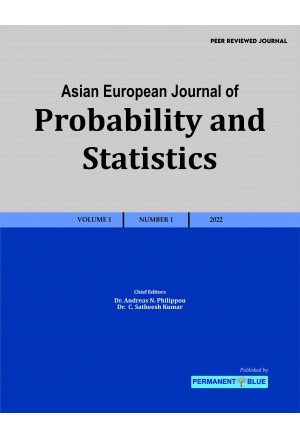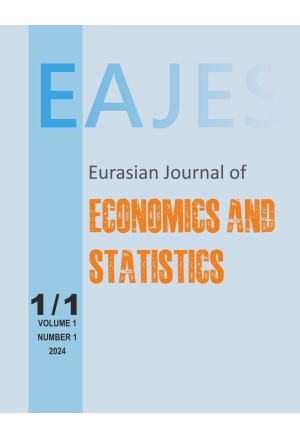Comparable to the notorious “mail-order bride” phenomenon India also has “mailin” or “bought brides,” or “Paro” or “mol ki bahuein.” To determine the approximate population of these women, the article looks at the states in northern India. The current study uses balanced calculations to follow those women using a three-step procedure, and it is based on census data from 1991 to 2011. This paper first identifies the low and imbalanced sex ratio regions that have affected the demand for brides from other states; second, it tracks potential supply areas through unexpected female presences resulting from marriage-migration; and finally, it attempts to calculate the number of these trafficked or traded brides using basic balanced equations. According to the investigation, Haryana is the most vulnerable area among those like Bihar, Chattishgarh, Himachal Pradesh, Jharkhand, Madhya Pradesh, Punjab, Rajasthan, Uttar Pradesh, and Uttrakhand. Data over thirty years indicates that 32.9, 6.3, 25.6, and 14.2 percent of women more than men in rural-rural, ruralurban, urban-rural, and urban-urban areas, respectively, migrated from Punjab to Haryana for marriage. In contrast, Rajasthan saw a 74.5 percent increase in female migration than male in the rural-rural frame to Haryana. The circumstances get
more intriguing for Uttar Pradesh. In other words, roughly 1752 women, who might not have chosen to come to Haryana, arrived each year between 1991-2001. The study’s findings indicated that a focused survey and the implementation of policies are desperately needed in order to safeguard women and their children against abuse, human trafficking, resale, and other forms of abandonment.
KEYWORDS: Mail-in-bride, Women Trafficking, Estimation,




